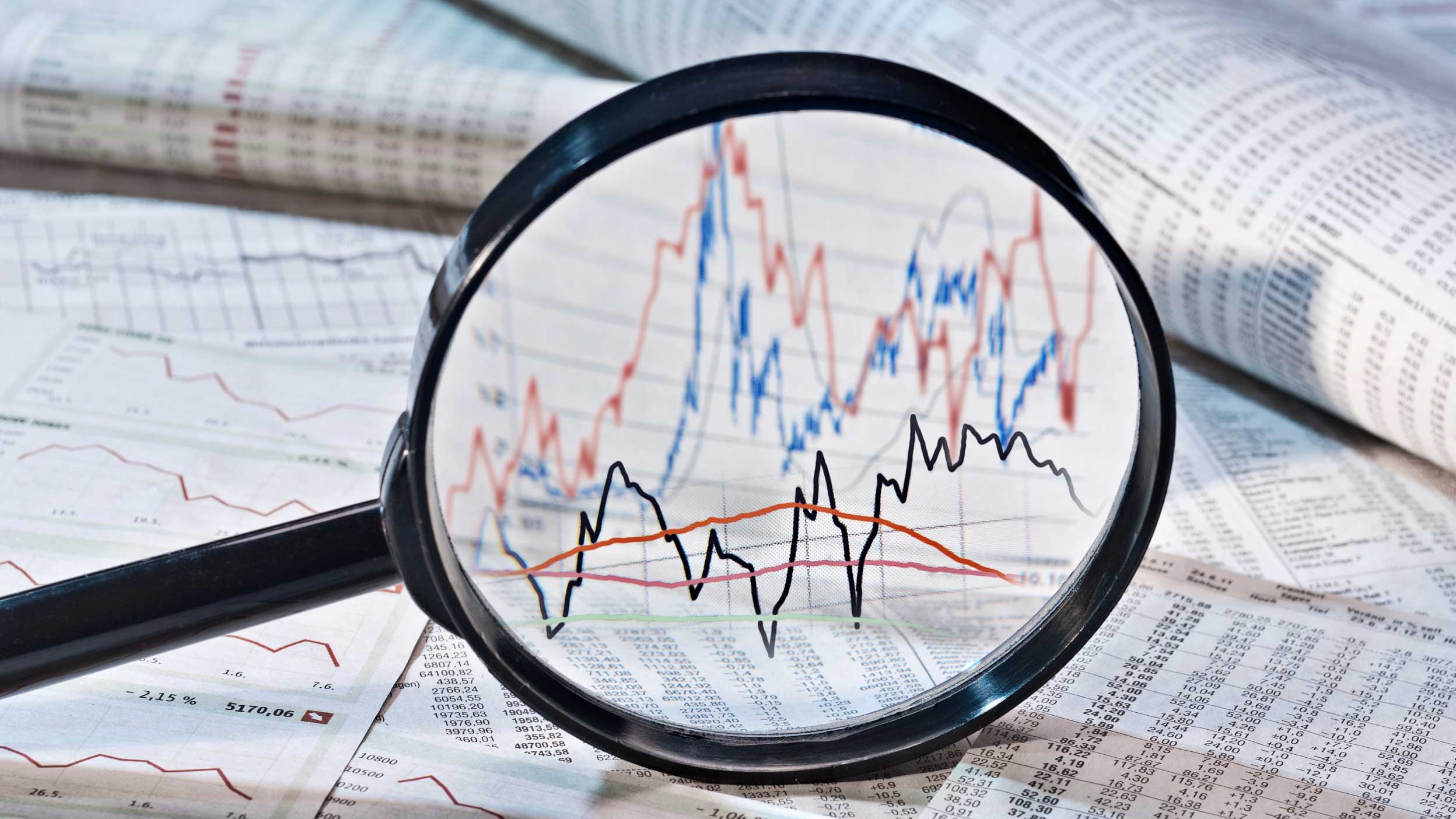
ETF Digital assets: Is the bitcoin bull run just getting started?
Five key factors suggest cryptocurrencies may continue their 2024 momentum and see positive performance in 2025.

A swap-based ETF replicates the performance of a stock market index, without having to own the shares directly.
There are a number of good reasons for doing this but first of all we need to understand how they work.
Watch our short explainer video to find out more.
Investment risks
The value of investments and any income will fluctuate (this may partly be the result of exchange rate fluctuations) and investors may not get back the full amount invested.
Synthetic ETFs may use derivatives for investment purposes. The use of such complex instruments may impact the magnitude and frequency of the fluctuations in the value of the fund.
Synthetic ETFs enter into transactions which expose it to the risk of bankruptcy, or other types of default, by the counterparties to those transactions.
Imagine you have a stock portfolio that's doing well, and your friend wants to get the same returns.
Problem is, they’re not able to buy the same stocks, in the same amounts, as you. Or maybe it would simply be too expensive for them to do so.
So, you come to an agreement:
Your friend promises to pay you a fee every month, if you ‘pay’ them the performance of your portfolio. Think of the fee as compensation for your hard work, and your commitment to help.
Your friend already has a portfolio that will generate some performance – some days perhaps more than yours and other days less – so you just need to make up any difference.
With this agreement, you are effectively swapping the performance of your portfolio, for the performance of their portfolio plus a fee.
Your friend receives any increase or decrease in your portfolio's value, and any dividends it pays – without having to own the same stocks as you directly.
To keep things manageable, you and your friend reset your agreement if the gap between the two portfolios has got a bit too big for comfort. You just settle the difference and keep going with a clean slate.
That, in a nutshell, is how swap-based ETFs, also referred to as synthetic ETFs, work. It’s a deal that one party (the ETF) gets the performance of a stock index like the S&P 500 Index or FTSE 100 Index, and the other (the counterparties) get the performance of the basket of stocks, with a fee on top. If done right, the benefits can include really precise index tracking, and occasionally a performance boost too.
Important information
Data as at 18 July 2024, unless otherwise stated.
This is marketing material and not financial advice. It is not intended as a recommendation to buy or sell any particular asset class, security or strategy. Regulatory requirements that require impartiality of investment/investment strategy recommendations are therefore not applicable nor are any prohibitions to trade before publication.
Views and opinions are based on current market conditions and are subject to change.
If investors are unsure if these products are suitable for them, they should seek advice from a financial adviser.

Five key factors suggest cryptocurrencies may continue their 2024 momentum and see positive performance in 2025.

Gold endured a choppy month, hitting a high of US$2,952 before ending February at US$2,858, a gain of 2.1% for the month. Geopolitics continued to play a significant role in the gold price. Discover insights into the key macro events and what we think you should be keeping your eyes on in the near term.

Bond markets generally performed well in February, although there were varying outcomes across different regions. Read our latest thoughts on how fixed income markets fared during the month and what we think you should be looking out for in the near term.
The value of investments and any income will fluctuate (this may partly be the result of exchange rate fluctuations) and investors may not get back the full amount invested.
Synthetic ETFs may use derivatives for investment purposes. The use of such complex instruments may impact the magnitude and frequency of the fluctuations in the value of the fund.
Synthetic ETFs enter into transactions which expose it to the risk of bankruptcy, or other types of default, by the counterparties to those transactions.
Data as at 18 July 2024, unless otherwise stated.
This is marketing material and not financial advice. It is not intended as a recommendation to buy or sell any particular asset class, security or strategy. Regulatory requirements that require impartiality of investment/investment strategy recommendations are therefore not applicable nor are any prohibitions to trade before publication.
Views and opinions are based on current market conditions and are subject to change.
If investors are unsure if these products are suitable for them, they should seek advice from a financial adviser.
EMEA3515153/2024